National Novel Writing Month (NaNoWriMo) in November is an exciting opportunity for students of all ages to unleash their creativity, develop their writing skills, and embark on the thrilling journey of writing a novel.
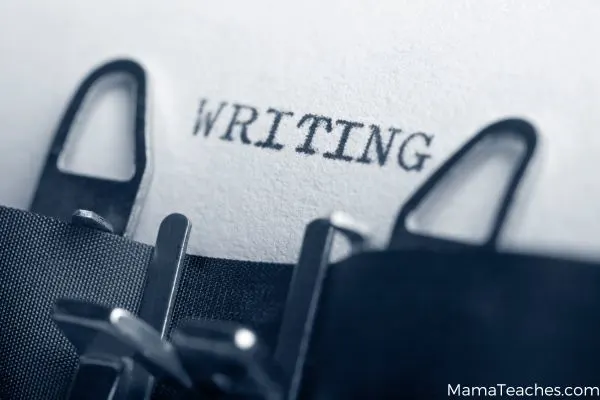
By incorporating NaNoWriMo into the classroom, we can foster a love for storytelling, encourage self-expression, and provide a platform for students to showcase their unique voices.
In this article, we will explore how NaNoWriMo can be utilized effectively with elementary, middle, and high school students.
What is NaNoWriMo?
NaNoWriMo stands for National Novel Writing Month.
It is an annual event that takes place in November, where participants challenge themselves to write a 50,000-word novel within the month.
It is a creative writing challenge that encourages people to write without worrying about quality or editing, with the goal of simply getting words on the page.
Many writers use NaNoWriMo as a way to jumpstart their writing projects and foster a sense of community with fellow participants.
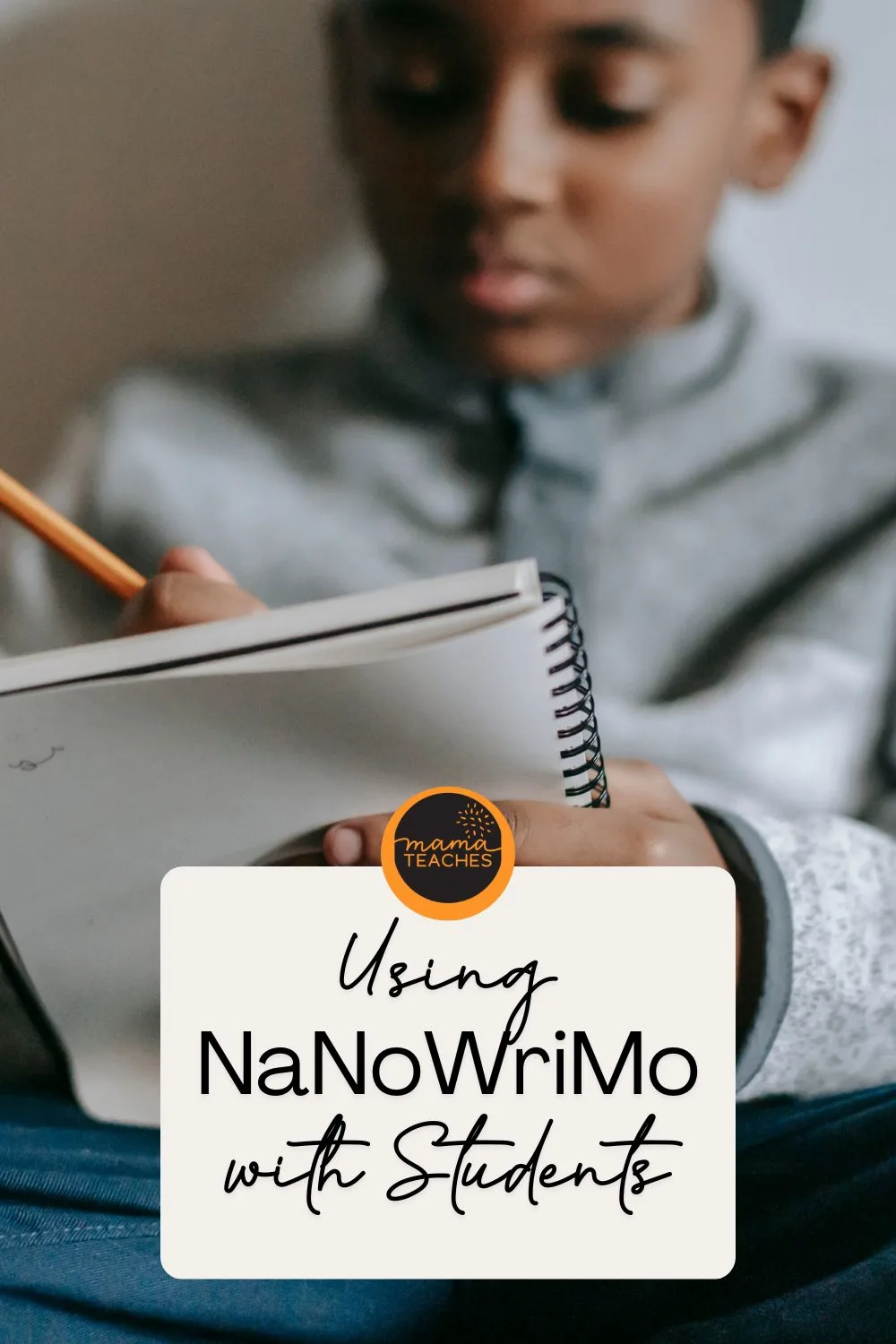
NaNoWriMo for Elementary Students
NaNoWriMo can be adapted to suit the needs and abilities of elementary school students, providing them with an exciting introduction to the world of creative writing.
Here are some ideas for how you can engage your elementary students in NaNoWriMo:
Introduce the Concept
Explain NaNoWriMo in simple terms, emphasizing that it’s a special month dedicated to writing stories.
If you miss doing it in November, you can still carry the ideas through to other months!
Set Achievable Goals
Break down the novel-writing process into manageable parts, such as setting a word count goal for each day or week.
Make sure your goals are S.M.A.R.T!
Utilize Daily Writing Prompts
Writer’s block is real, but daily writing prompts can help!
Pro Tip: In our Daily 3 email, we provide a daily writing prompt as a source of inspiration and guidance for young writers. Just sign up for our email list!
Encourage Creativity
Foster imaginative thinking by allowing students to write in various genres, explore diverse characters, and experiment with different story structures.
Provide Support
Offer individualized feedback, assist with spelling or grammar, and celebrate their progress throughout the month.
When I did NaNoWriMo with my students I really focused on encouraging them to write vs. the strict mechanics of writing.
I wanted them to develop a habit and begin to enjoy writing!
Celebrate Completion
Organize a special event at the end of NaNoWriMo where students can share excerpts from their novels (if they want to!) or create a class anthology.

NaNoWriMo for Middle School Students
Middle school students are at an age where their writing skills are rapidly developing but their hesitancy to see themselves as writers is real.
NaNoWriMo can serve as a valuable platform for them to refine their storytelling abilities and express themselves creatively.
Here’s how you can engage middle school students in NaNoWriMo:
Introduce NaNoWriMo
Provide an overview of NaNoWriMo, highlighting its purpose and the opportunity it offers to write a novel in a month.
Promote Planning
Encourage students to outline their stories, develop characters, and create a plot structure before diving into the writing process.
Incorporate Daily Writing Prompts
Emphasize the value of writing prompts as tools for overcoming writer’s block and sparking ideas.
Pro Tip: In our Daily 3 email, we provide a daily writing prompt as a source of inspiration and guidance for young writers. Just sign up for our email list!
Facilitate Peer Feedback
Promote peer review sessions where students can exchange feedback on each other’s work, fostering a collaborative and supportive environment.
I will add a word of caution to this suggestion, however.
Peer review can be a real trigger for students and make them withdraw from the process.
I would only use peer review for students who wanted to use it.
For those students who want to keep their work between themselves and you, give them that option!
Encourage Revision
Teach students the importance of revising and editing their work, emphasizing the value of rewriting and refining their stories.
Publishing Opportunities
Explore avenues for students to share their work beyond the classroom, such as creating a class blog or participating in local writing competitions.
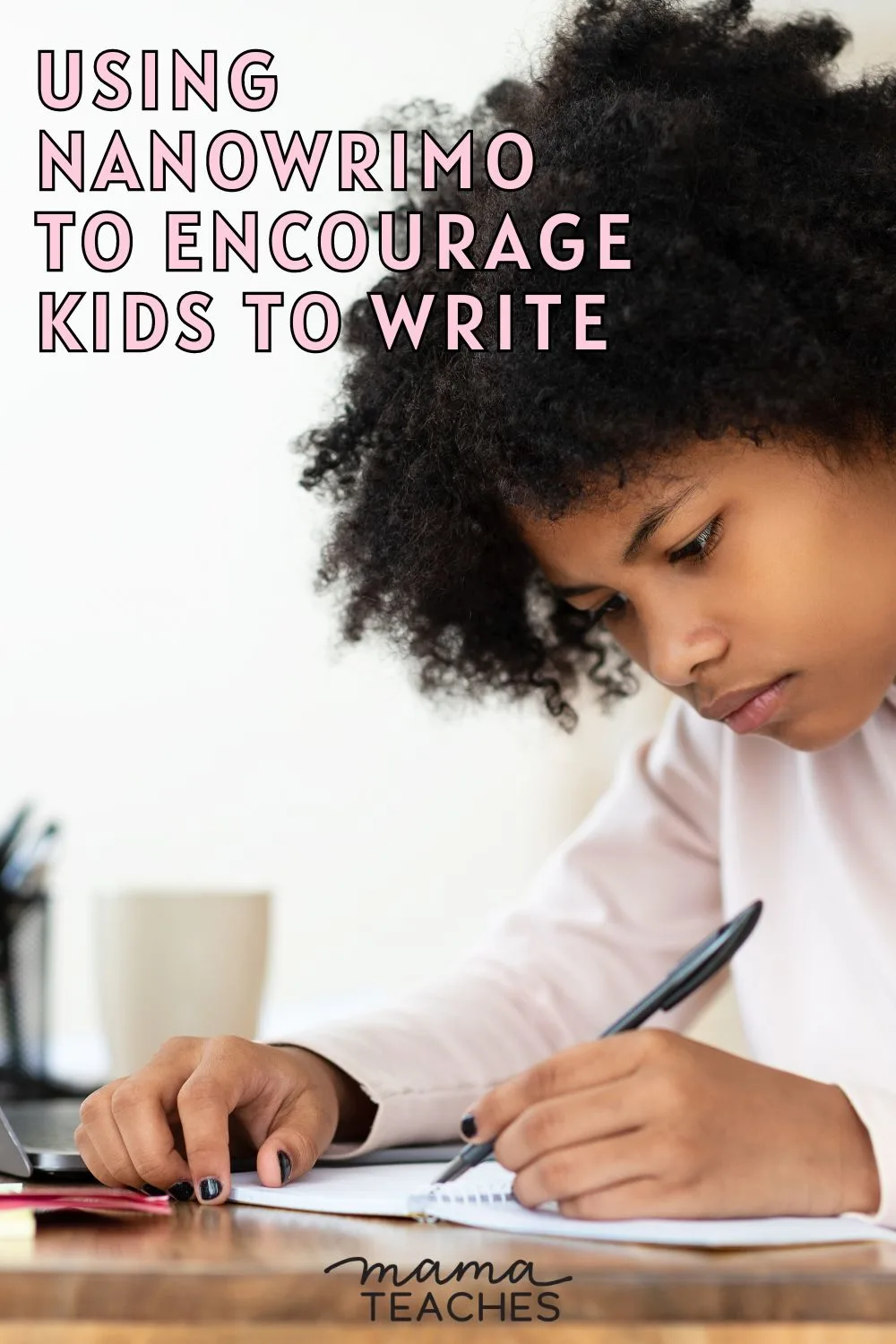
NaNoWriMo for High School Students
High school students possess more advanced writing skills and can delve deeper into complex storytelling techniques during NaNoWriMo.
Here’s how you can engage high school students in NaNoWriMo:
In-Depth Introduction
Provide a comprehensive overview of NaNoWriMo, focusing on its significance within the writing community and as a stepping stone towards becoming published authors.
Emphasize Individuality
Encourage students to find their unique writing style and voice, allowing them to explore themes and genres that resonate with their interests.
Daily Writing Prompts as Inspiration
Highlight the use of daily writing prompts as sources of inspiration that can push high school writers to think outside the box.
Pro Tip: In our Daily 3 email, we provide a daily writing prompt as a source of inspiration and guidance for writers in K-12. Just sign up for our email list!
Develop Complex Characters
Guide students in creating multi-dimensional characters with intricate backstories and motivations that drive the plot forward.
Explore Advanced Techniques
Introduce high schoolers to literary devices such as symbolism, foreshadowing, and narrative structure, challenging them to experiment with these techniques in their writing.
Offer Publishing Opportunities
Encourage high school students to submit their finished novels to writing contests, literary magazines, or even consider self-publishing options.
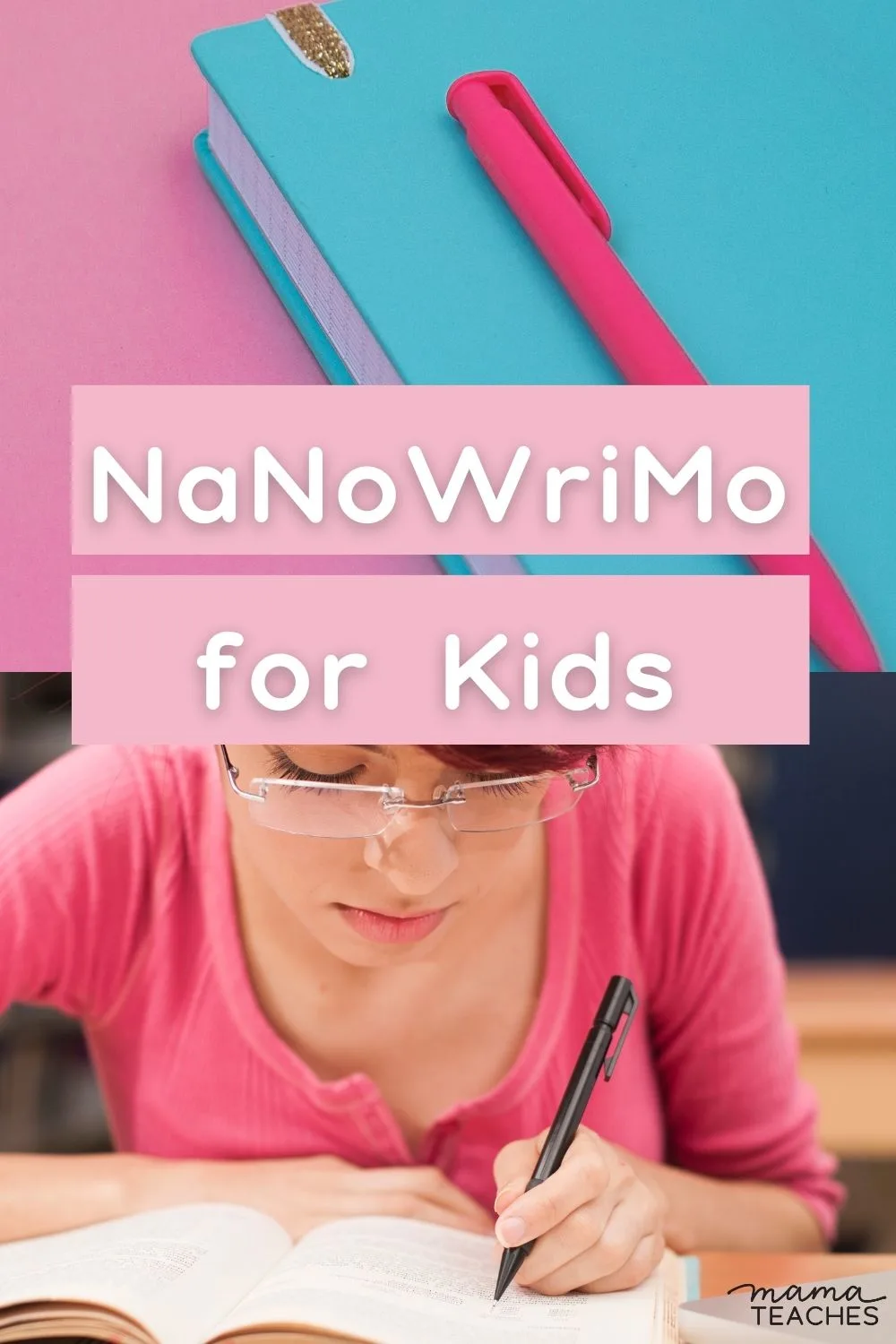
NaNoWriMo for Students with Dyslexia and Dysgraphia
For students with dyslexia and/or dysgraphia, the thought of NaNoWriMo can sound horrific.
It combines two things that they struggle with and puts them center stage.
For these students, reassurance and some modifications are a must.
Provide students with dyslexia and/or dysgraphia with alternative writing methods, such as allowing them to use speech-to-text software or providing access to a scribe who can transcribe their ideas.
Offer extra time for completing writing tasks to accommodate for the additional challenges these students may face.
Encourage the use of assistive technology, such as text-to-speech software or dyslexia-friendly fonts, to enhance readability and comprehension.
Break down writing tasks into smaller, manageable chunks to reduce cognitive overload and support better organization.
Provide explicit instruction and practice in self-editing strategies, highlighting tools like spell-check and grammar-check software.
Offer opportunities for students to share their work orally or visually, allowing them to express their ideas in alternative formats.
Promote a supportive and inclusive classroom environment where students feel comfortable seeking assistance or accommodations when needed.
While students may still be hesitant, with the right accommodations and modifications, you can turn NaNoWriMo into an exciting opportunity for them as well!
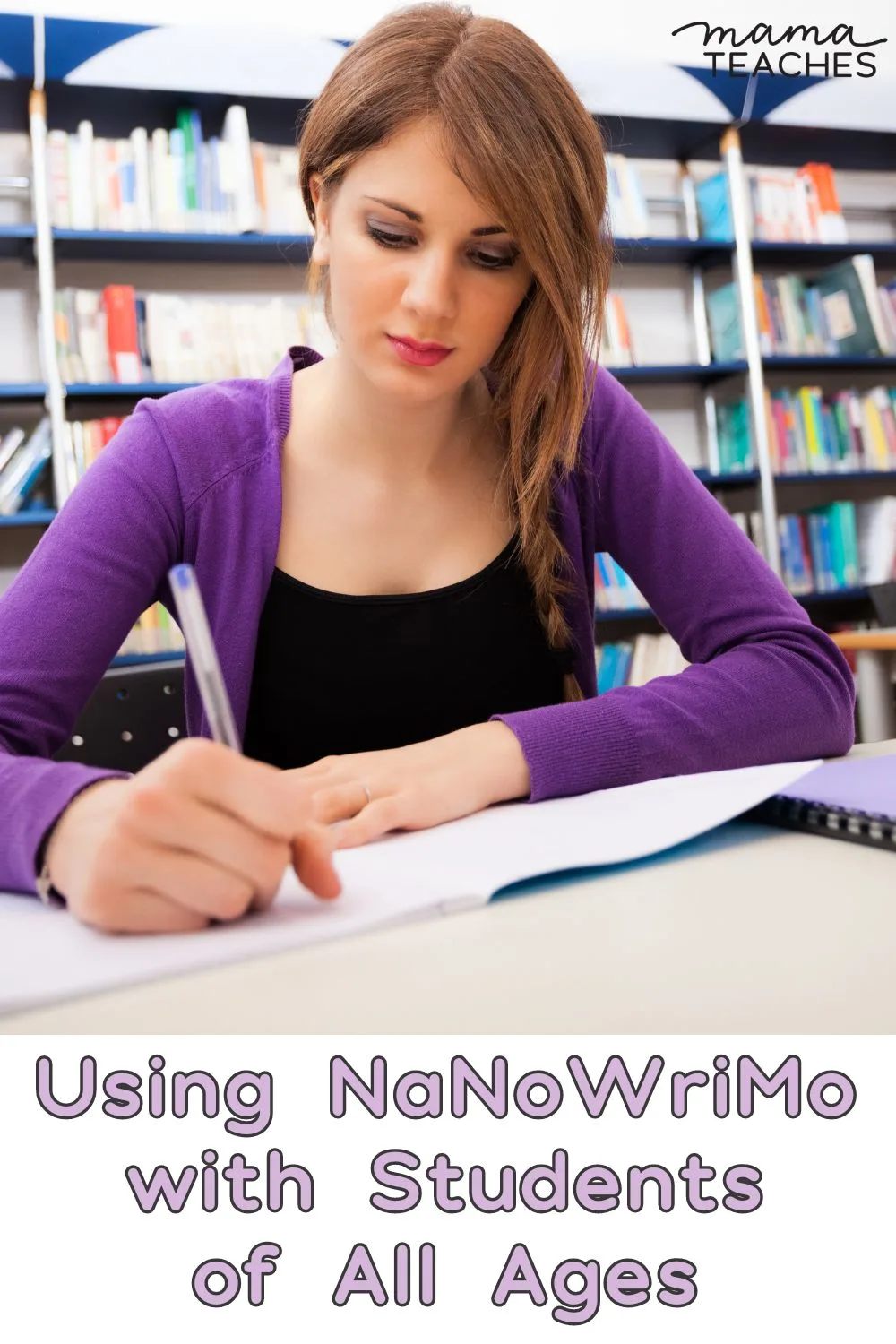
This article contains affiliate links to things that you might like.
Ways to Make NaNoWriMo Extra Fun
For those students who are not overly fond of writing, the thought of NaNoWriMo may not be as exciting as it is for you.
That’s okay!
Here are some ways to make it more exciting and fun for all students!
Special Notebooks
Using a special notebook or composition book to write in throughout the month can make NaNoWriMo for kids extra special.
Pens and Pencils Galore
Don’t worry about sticking to just one type of pen or pencil – experiment with a bunch!
Let kids write in marker, colored pencil, or gel pens if that’s what makes them happy and gets them excited to write daily.
Designated Writing Time
Set aside time each day to work on NaNoWriMo for kids!
That way, students will know when to expect it and can be mentally prepared for what they want to write.
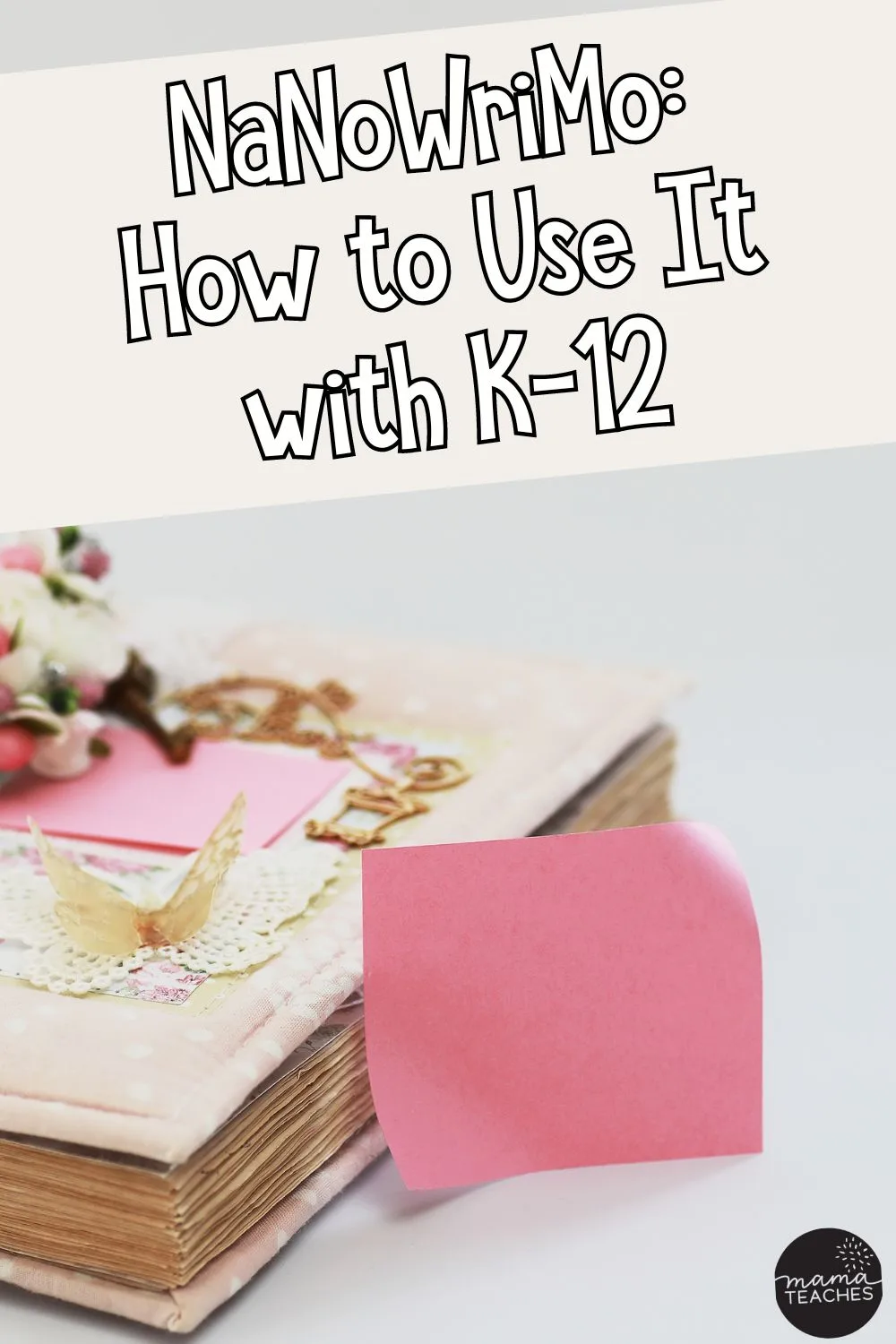
Embracing NaNoWriMo in the Classroom
NaNoWriMo provides an invaluable opportunity for students of all ages to cultivate their love for writing, develop essential storytelling skills, and embrace their unique perspectives.
By tailoring NaNoWriMo to the specific needs and abilities of elementary, middle, and high school students while incorporating the daily writing prompts, educators can inspire young writers to embark on a memorable writing journey that nurtures creativity, imagination, and self-expression.
Remember, whether your students are penning tales about magical creatures or tackling complex social issues, NaNoWriMo is a powerful tool that encourages them to discover their voices and become lifelong storytellers.

Sharon
Thursday 30th of November 2023
I am so excited to learn there is a NaNoWriMo for kids. It is never to early to get inspired!
Sam
Tuesday 28th of November 2023
I had never heard of NaNoWriMo before. I love the idea of adding this into our homeschool day. I'm signing up for your daily prompts now!
Cynthia
Friday 24th of November 2023
I love this program. I homeschool my kids and while they CAN writing, sometimes getting them to write thoughtfully is challenging. NaNoWriMo for kids is downright inspiring!
One Crazy House
Sunday 19th of November 2023
it makes my writer's heart happy to know that there is a NaNoWriMo for kids!!!